Estuary EDventures is global! Our students, alongside our education staff, are working together to collect scientific data that contributes to worldwide projects. Get involved and be a part of the change!
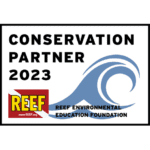
Reef Environmental Education Foundation (REEF) aims to protect biodiversity and ocean life by actively engaging and inspiring the public through citizen science, education, and partnerships within the scientific community. As a REEF Conservation Partner, Tampa Bay Watch demonstrates support for REEF and helps promote their many programs. Being the first of REEF‘s Conservation Partners on Florida’s east coast, we engage in several Conservation Actions as specified by REEF that align with the mission and values of both of our organizations. A few of these activities include incorporating fish ID information into curriculum offerings and sharing REEF‘s marine conservation work with others via multiple outlets. This partnership enables both organizations to achieve the goal of encouraging community members to become involved in marine habitat conservation.
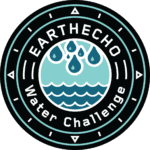
EarthEcho International develops programs to equip new generations of leaders and problem solvers to identify and tackle environmental challenges. The EarthEcho Water Challenge promotes the protection of water resources we depend on every day. Students collect and test local water parameters to monitor the quality of the water and contribute their findings to a database monitoring the health of the world’s oceans. Participation in the EarthEcho Water Challenge allows students to be a part of the solution to water issues worldwide.
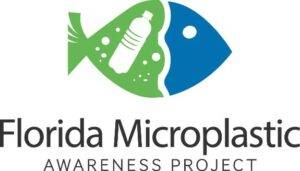
The National Oceanic and Atmospheric Administration (NOAA) supports the Florida Microplastic Awareness Project (FMAP) as a part of its Marine Debris Program. As an educational and outreach project, the goal of FMAP is to increase public awareness of microplastic concentration in our ocean’s waters and its implications. Students and volunteers collect local coastal water samples and filter them to identify the presence of microplastics. Contributing this data to a state-wide database allows for a comprehensive understanding of the impact of plastic in our local waters. This project increases public awareness and encourages individuals to take action to mitigate the negative impact of microplastics.
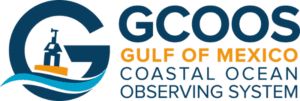
The HABscope monitoring project provides an improved forecast of Karenia brevis blooms and their respiratory impacts. The application was developed by the Gulf of Mexico Coastal Ocean Observing System (GCOOS) and is supported by NOAA. Volunteers collect water samples and capture videos for the HABscope system to calculate K. brevis concentrations. The data is used to provide a more accurate portrayal of the presence of red tide in coastal areas over time and improved forecasts of respiratory irritation at given beaches. These observations provide additional data to scientists to aid in monitoring harmful algal blooms in the Gulf of Mexico.
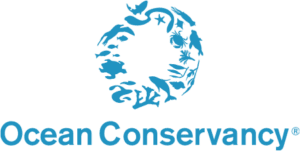
Founded by the Ocean Conservancy, the International Coastal Cleanup program has collected more than 220 million pounds of trash in over 100 countries. Together, students participate in a local coastal cleanup and record their findings. Collectively, the data is submitted into the Ocean Conservancy’s global database. Understanding the leading contributors to marine debris provides activists a better indication of how to approach solutions. Students will hopefully leave feeling empowered, knowing they were, and can continue to be, a part of the solution to the issue of marine debris.
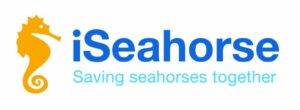
In collaboration with Project Seahorse and iNaturalist, marine conservation groups committed to the conservation and sustainable use of the world’s coastal marine ecosystems and inhabitants, iSeahorse is a database for monitoring global seahorse populations and conservation efforts. During our seining activity, students collect real-time data including weather conditions, species identification, sex, and size of seahorses before releasing them back into the wild. Scientists and experts around the world use this vital information to better understand seahorse behavior, species ranges, and the threats seahorses face. Through this citizen science project, students and volunteers improve their understanding of seahorses and aid in protecting them from overfishing and other threats.